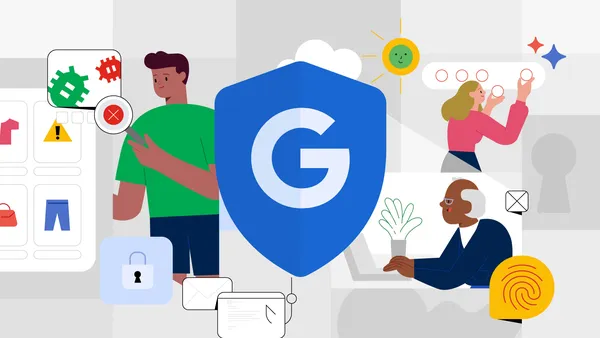 We’re launching a regular advisory to raise awareness and help others understand and fight frauds and scams online.
We’re launching a regular advisory to raise awareness and help others understand and fight frauds and scams online.
A new way we’re helping others track frauds and scams online
 We’re launching a regular advisory to raise awareness and help others understand and fight frauds and scams online.
We’re launching a regular advisory to raise awareness and help others understand and fight frauds and scams online.
 At Google’s Responsible AI Summit in Paris, our VP of Trust & Safety Laurie Richardson spoke about our ongoing work to build responsible AI.
At Google’s Responsible AI Summit in Paris, our VP of Trust & Safety Laurie Richardson spoke about our ongoing work to build responsible AI.
 We’re sharing some of our top tips for spotting email, phone, text and web scams, and what to do if you encounter one.
We’re sharing some of our top tips for spotting email, phone, text and web scams, and what to do if you encounter one.
 The latest C2PA provenance technology aims to help people better understand how a particular piece of content was created and modified over time.
The latest C2PA provenance technology aims to help people better understand how a particular piece of content was created and modified over time.
 As Election Day nears, here’s an update on our latest initiatives, tools and safeguards, building on our existing efforts in the U.S.
As Election Day nears, here’s an update on our latest initiatives, tools and safeguards, building on our existing efforts in the U.S.
 Google shares more on how it’s partnering with industry, governments and civil society to advance AI.
Google shares more on how it’s partnering with industry, governments and civil society to advance AI.
 The DSA will apply to VLOPs and VLOSEs as of August 28, 2023, across Google, we are engineering for compliance at scale.
The DSA will apply to VLOPs and VLOSEs as of August 28, 2023, across Google, we are engineering for compliance at scale.